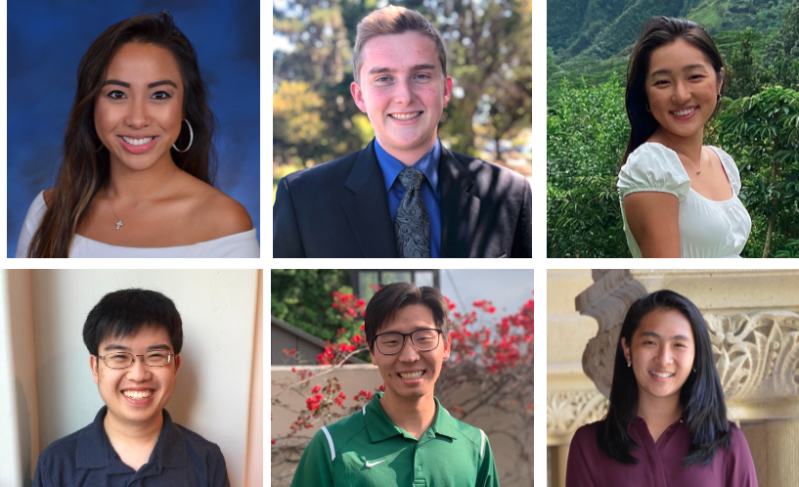This past winter, Stanford undergraduates enrolled in BIOE 122: BioSecurity and Pandemic Resilience got a glimpse of what it takes to overcome the world’s most pressing biosecurity issues.
From Weeks 3 to 8 of winter quarter, BIOE 122 students participated in a biosecurity hackathon. After being divided into groups of four to six, students were tasked with prototyping solutions to global biosecurity challenges, including the current pandemic.
During the course’s hackathon, the solutions proposed by the students ranged from antimicrobial fabrics to population density monitoring apps to devices that enhance ventilation and air quality in schools.
Matthew Galloway ’21 and Evelyn Zhang ’21 worked together on an app-based solution called “CrowdCap,” which aims to reduce crowding at local retailers during the pandemic.
“We wanted to think about project ideas that were feasible, implementable, scalable and ideally could exist as standalone businesses,” Galloway said.
Initially, Zhang found their project too far-fetched. Yet after embarking on the hackathon, she was “shocked by how effective yet feasible some of our solutions were.”
Eric Liu ’21, a former student and current teaching assistant of the course, said that “the difficulty of the hackathon was probably one of its key takeaways,” as coming up with an original solution is not an easy task.
“Current problems in biosecurity are both chronic and far-reaching, and any suggestion to the contrary would be misleading,” Liu said.
He added that the course was a sobering experience. “Although our solution may have been innovative, we knew that it couldn’t mitigate the damage caused by decades of persistent neglect,” he said.
BIOE 122 also featured prominent guest speakers from various fields. In the past years, the course has attracted esteemed guests such as former Secretary of State and current Hoover director Condoleezza Rice, World Health Organization Health Emergencies Program executive director Michael Ryan and Kenneth Bernard, who previously served as assistant surgeon general.
“This class is so meaningful because of how interdisciplinary it is,” Kelly Kim ’23 said. “The lecture content touches on policy topics from the applicability of bioweapons programs in international policy and the ethics behind enforcing a quarantine, to more quantitative topics surrounding the transmissibility of the COVID virus.”
For their hackathon project, Kim and Tony Chang ’23 tackled the issue of personal protective equipment (PPE) fraud. This problem led to their proposal for a surveillance system to guard PPE supply. According to Chang, “the completion of the hackathon assignment showcases our ability as students to determine the ability of our readiness in future pandemics.” This course has also inspired him to pursue a career in pandemic medicine and biopolicy.
BIOE 122 is taught by emergency medicine clinical professor Milana Boukhman Trounce. Trounce currently directs Stanford’s BioSecurity program and is a founding chair of BioSecurity at the American College of Emergency Physicians.
Trounce encourages anyone who is interested in understanding pandemics and building resilience to biothreats to participate in her class.
“No matter your field of study and future career plans, it is important to understand the interdisciplinary nature of this field and know where major leverage points are,” Trounce said.
This article has been updated to reflect that Milana Boukhman Trounce is an emergency medicine clinical professor and the founding chair of BioSecurity at the American College of Emergency Physicians.
